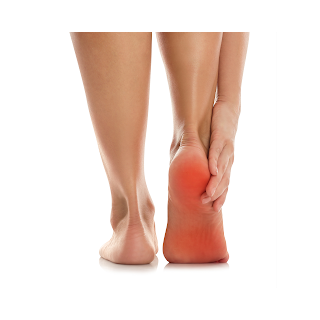Cycling is a low-impact exercise that is easy on the joints, but it can still cause foot pain. This is especially true if you are new to cycling or if you are riding long distances.
I take care of my feet and do not have many problems with foot pain. The times I have had foot pain revolve around days that I am on the bike for anywhere from 75 to 100+ miles. The bottom of my feet start feeling hot and raw. I have found the best solution for that is to just take a break when it gets to be too much for me.
There are a number of factors that can contribute to foot pain in cyclists, including:
- Improper bike fit: A bike that is not fitted properly can put excessive stress on your feet and ankles.
- Ill-fitting shoes: Cycling shoes should be snug but not too tight. They should also have good arch support.
- Cleat placement: The cleats on your cycling shoes should be positioned correctly to avoid putting too much pressure on certain parts of your feet.
- Overuse: Cycling can put repetitive stress on your feet, which can lead to pain and injury.
- Medical conditions: Certain medical conditions, such as arthritis and diabetes, can also make you more susceptible to foot pain.
If you are experiencing foot pain while cycling, there are a number of things you can do to relieve the pain and prevent it from recurring.
- Get a professional bike fit: A qualified bike fitter can adjust your bike to make sure it fits you properly.
- Invest in a good pair of cycling shoes: Make sure your cycling shoes are the right size and have good arch support.
- Position your cleats correctly: The cleats on your cycling shoes should be positioned under the ball of your foot.
- Take breaks: If you are riding long distances, take breaks to rest your feet.
- Ice your feet: Icing your feet after a ride can help to reduce inflammation and pain.
- See a doctor: If your foot pain is severe or does not improve with home treatment, see a doctor.
Here are some additional tips for preventing foot pain while cycling:
- Gradually increase your mileage: If you are new to cycling, start slowly and gradually increase your mileage.
- Listen to your body: If you start to feel pain in your feet, stop and take a break.
- Wear cycling socks: Cycling socks can help to cushion your feet and reduce friction.
- Maintain your bike: Make sure your bike is in good condition and that the tires are properly inflated.
Cycling is a great way to get exercise and enjoy the outdoors. By taking steps to prevent foot pain, you can ensure that you are able to ride comfortably and safely.
Here is my next post: How Much of a Bicycle is Made from Recycled Materials

Comments
Post a Comment